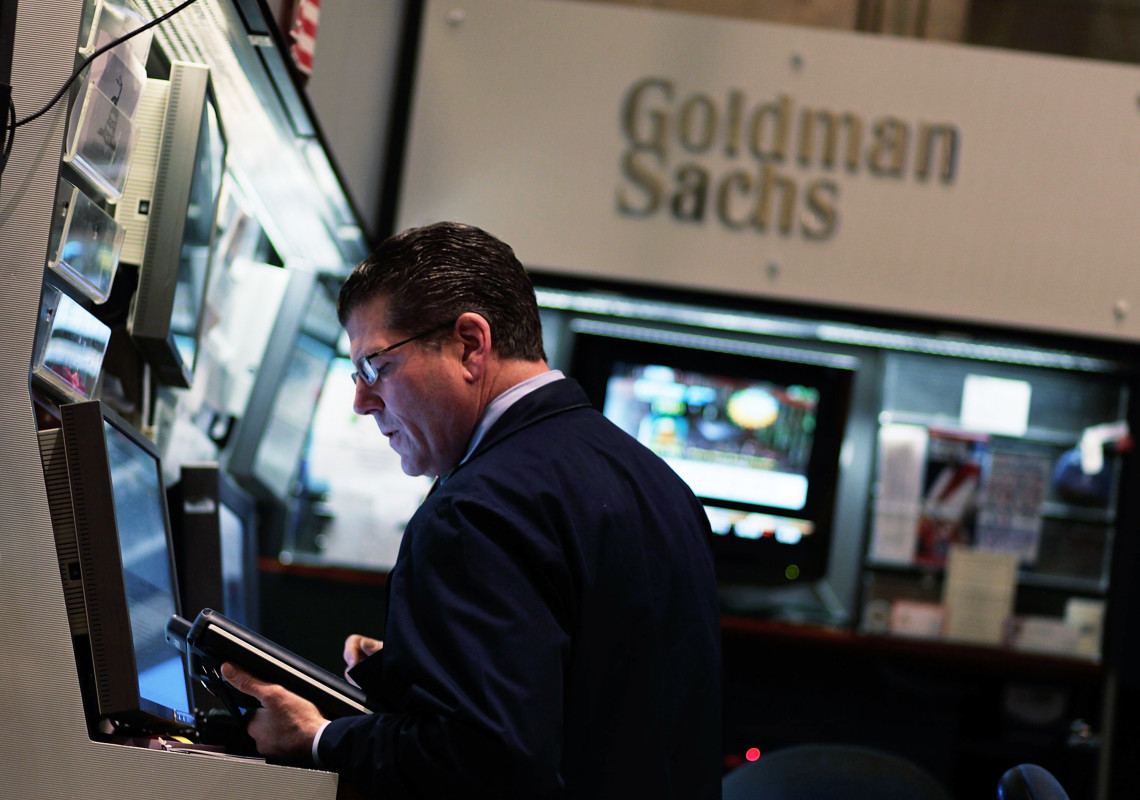
Goldman Sachs GS is one of the largest investment banks in the world, operating in more than 35 countries. In 2022, it generated a profit of $11.3 billion on revenue of $47.4 billion, and employed 48,500 people, of which more than half were in the Americas. In one metric comparing investment banks, the revenue per employee ratio was about $977,000, much higher than Morgan Stanley’s MS $670,000 ($53.7 billion and 80,000 employees).
Related: Investment banking salaries: How much, and who pays the most?
The majority of Goldman’s revenue comes from the investment advisory fees it makes from investment banking activities conducted by its global banking and markets division. The bank rakes in advisory and underwriting fees from corporations, governments, states, and municipalities for services including raising money from capital markets. An important supporting group within Goldman for its global banking and markets division is Global Investment Research, composed of analysts who primarily cover equity and economics research. But it also provides research for clients in the equity, fixed income, currency, and commodities markets.
The Global Investment Research group produces analytical research for clients such as hedge funds and mutual funds, and other asset managers including pension funds. As of the end of 2022, Goldman provided fundamental research on about 3,000 companies globally and on approximately 50 national economies.

What is an analyst?
An analyst compiles data and information and interprets them to create an analysis that can be used for decision-making. An analyst’s role differs based on the function of the group represented: an economic analyst might use economic data to make forecasts; a data analyst could use statistics to formulate a plan; a business analyst might offer recommendations on whether a change in a company’s organization is necessary; an operations analyst could provide recommendations on managing risk; and a financial analyst might analyze a company’s financial results for future budgeting.
What does a research analyst at Goldman do?
At Goldman, there are similar roles in operations and business for analysts. But perhaps the most important role at Goldman is research analyst at Global Investment Research, which supports its investment banking business and other money management groups.
As sell-side research analysts, they provide recommendations to clients on what stocks to buy or sell as part of an investment strategy, or provide advice on U.S. and global economic trends. Analysts also cover other financial markets, like bonds and currencies, as well as commodities.
How much does Goldman Sachs pay analysts?
According to jobs site Glassdoor, which estimates pay based on user-submitted data, the reported average annual salary for an analyst in Global Investment Research is $152,000. That’s almost double Glassdoor’s nationwide average salary of $76,993, and more than double the median salary of $57,200, which is based on U.S. Bureau of Labor Statistics data.
The salary for a research analyst at Goldman is similar to that for investment banking salaries at other top-tier firms. Starting a career as an analyst can pave the way to senior roles within investment banking and other departments.
According to the salaries section of Goldman’s website, the base pay for a new full-time analyst position based in New York City in Global Investment Research and other groups (investment banking, asset management, and wealth management), ranges from $80,000 to $110,000.
Still, pay is likely to be much higher with experience. Add in pay incentives (bonuses) and benefits, and the compensation package for analysts can be well above the base salary. Analysts who pass the three levels of exams to become a chartered financial analyst (CFA) are likely to receive a significant bump in their pay as well.
Compare the best savings rates:







